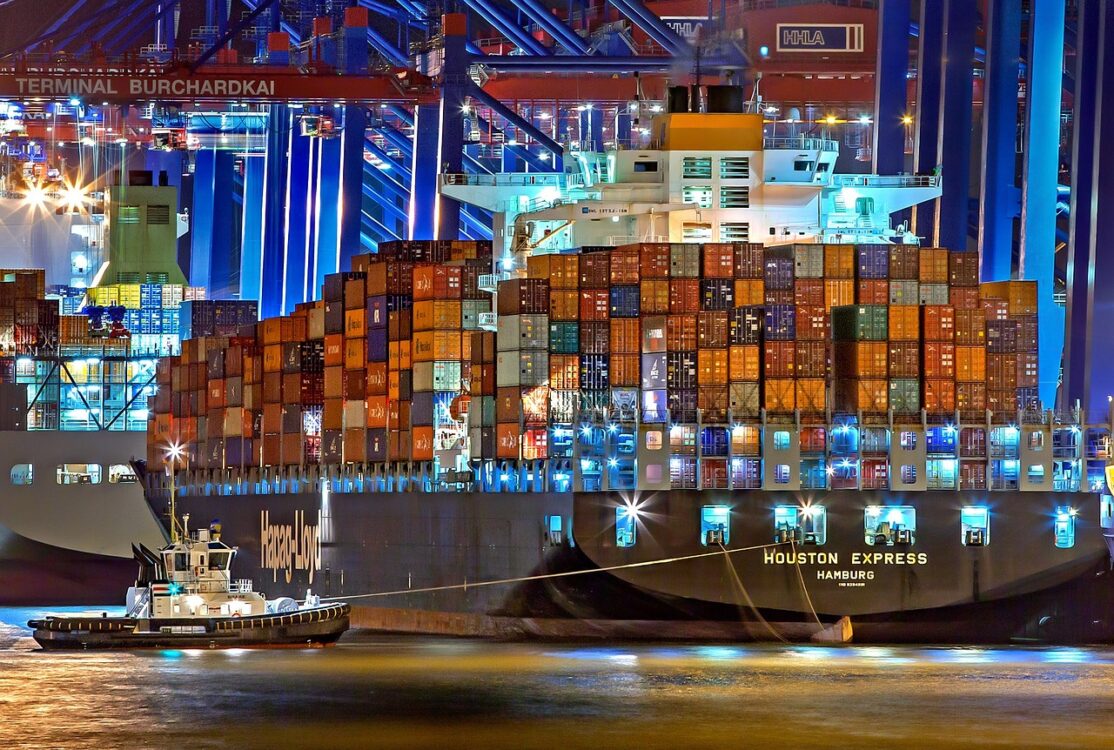
Shipping products from China is a common practice for businesses worldwide seeking cost-effective manufacturing and sourcing solutions. However, navigating the complexities of international shipping can be daunting, especially for those unfamiliar with the process. In this comprehensive guide, we provide a step-by-step overview of shipping from China, covering everything from finding the right supplier to ensuring smooth delivery to your destination. Whether you’re a seasoned importer or a first-time shipper, this guide will equip you with the knowledge and insights to streamline your shipping process.
Step 1: Finding a Reliable Supplier
- Research and identify potential suppliers in China through online platforms, trade shows, or referrals.
- Evaluate suppliers based on their product quality, manufacturing capabilities, certifications, and track record.
- Request samples, conduct due diligence, and communicate clearly to establish a reliable supplier relationship.
Step 2: Product and Order Preparation
- Finalize product specifications, quantities, and packaging requirements with your supplier.
- Ensure compliance with import regulations and certifications for your specific product category.
- Obtain all necessary documentation, such as invoices, packing lists, and certificates of origin.
Step 3: Shipping Methods and Incoterms
- Choose the most suitable shipping method based on your budget, urgency, and cargo size.
- Understand the different Incoterms (International Commercial Terms) to clarify responsibilities and costs between you and the supplier.
Step 4: Freight Forwarders and Customs Brokers
- Engage a reputable freight forwarder to handle logistics, documentation, and customs clearance.
- Provide your freight forwarder with all relevant information and documentation to ensure a smooth shipping process.
- Collaborate with a customs broker to navigate customs regulations and ensure compliance.
Step 5: Packaging and Labeling
- Ensure proper packaging to protect your products during transportation.
- Label your packages accurately, including product descriptions, quantity, and destination address.
- Comply with any labeling requirements specific to your product or destination country.
Step 6: Documentation and Compliance
- Prepare and submit the necessary shipping documents, such as commercial invoice, packing list, and bill of lading.
- Ensure compliance with customs regulations, including product classifications, duties, and taxes.
- Consider obtaining cargo insurance to protect against loss or damage during transit.
Step 7: Track and Monitor Shipment
- Utilize tracking tools provided by your freight forwarder or shipping carrier to monitor the progress of your shipment.
- Communicate with your supplier and freight forwarder to address any potential issues or delays promptly.
- Stay informed about customs clearance and delivery updates to manage expectations and plan accordingly.
Step 8: Arrival and Customs Clearance
- Work closely with your customs broker to facilitate smooth customs clearance.
- Provide all required documentation and information to comply with customs procedures.
- Pay any applicable duties, taxes, or fees to release your shipment from customs.
Step 9: Last-Mile Delivery and Distribution
- Coordinate with local delivery partners or logistics providers to ensure seamless last-mile delivery to your desired destination.
- Conduct quality inspections upon receipt of the goods to verify compliance with your specifications.
Conclusion:
Shipping from China can be a complex process, but with the right knowledge and preparation, it can become a streamlined and cost-effective operation. By following this step-by-step guide, you can navigate the intricacies of international shipping, establish reliable supplier relationships, and ensure timely delivery of your products. Remember to stay informed about the latest regulations, leverage the expertise of freight forwarders and customs brokers, and maintain clear communication throughout the shipping process. With proper planning and execution, shipping from China can be a valuable strategy for businesses seeking global sourcing and expansion opportunities.